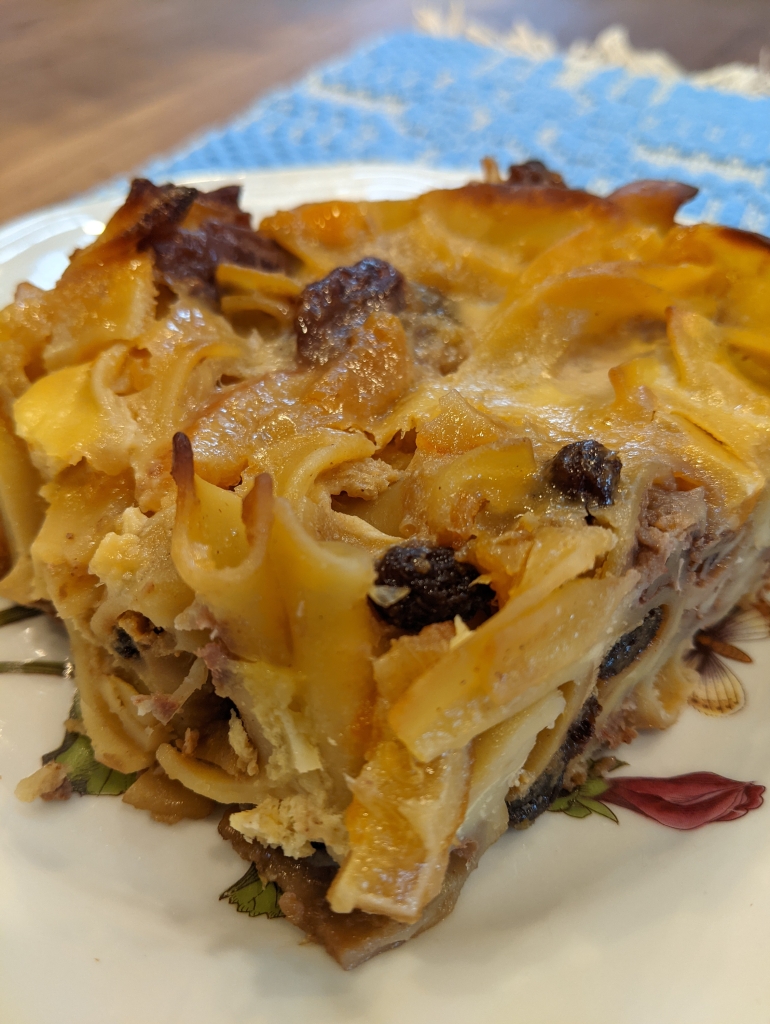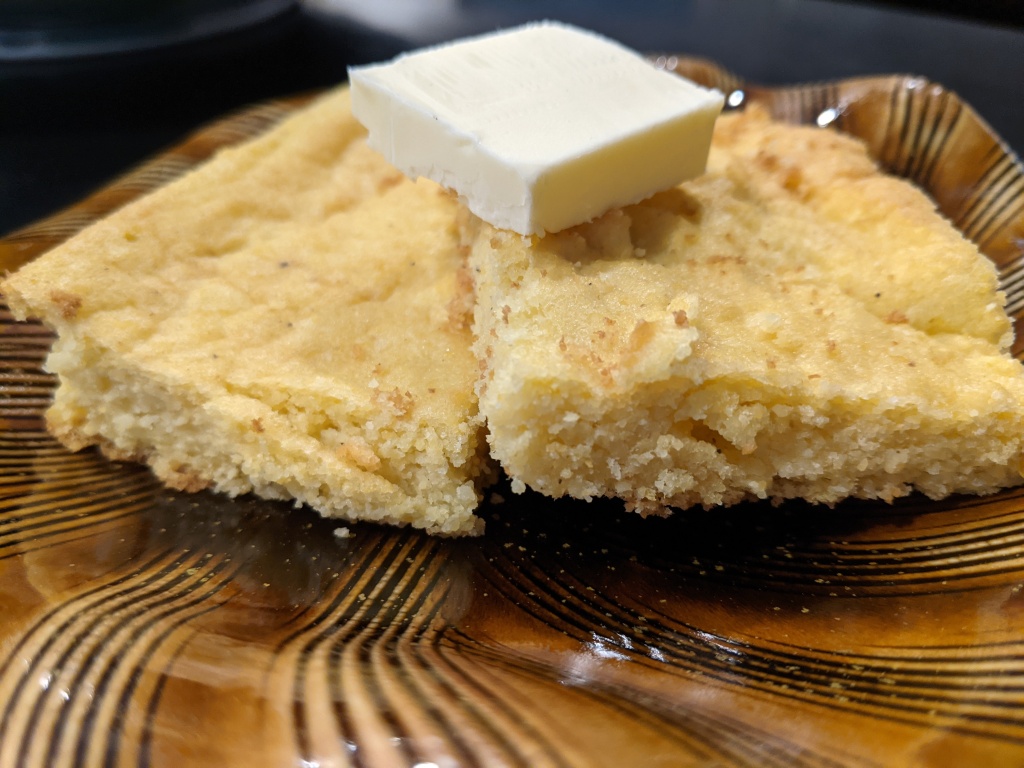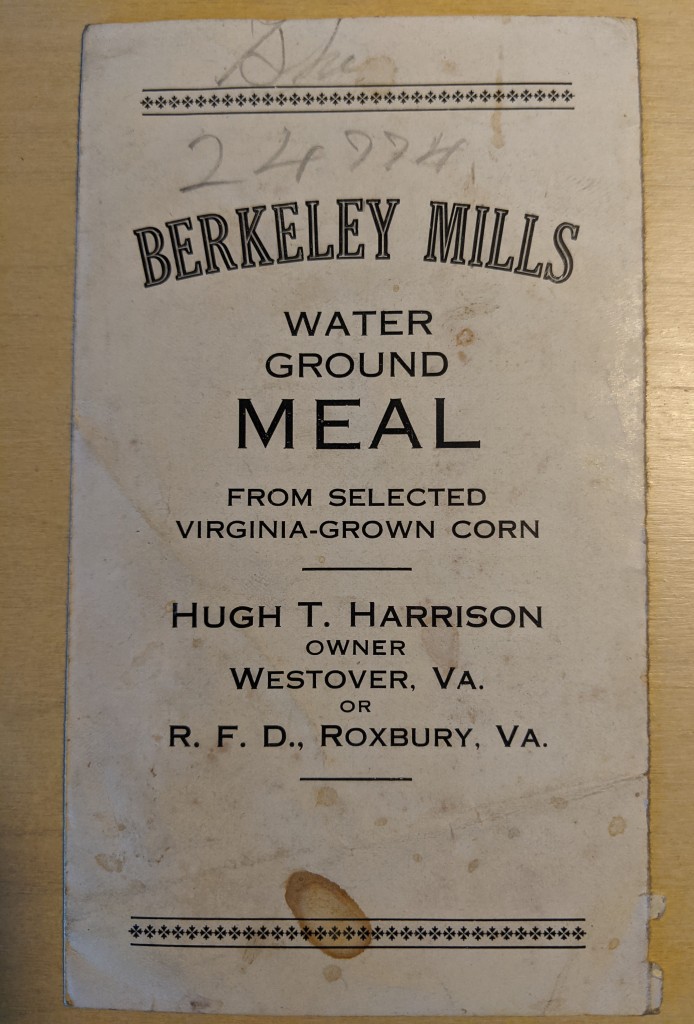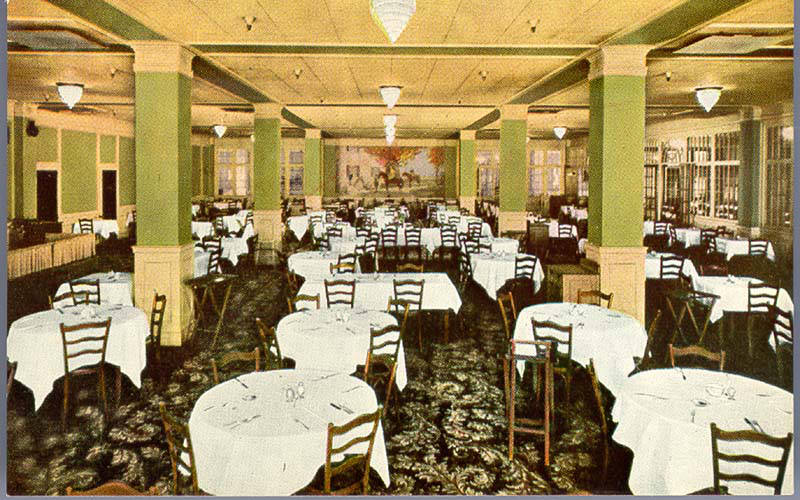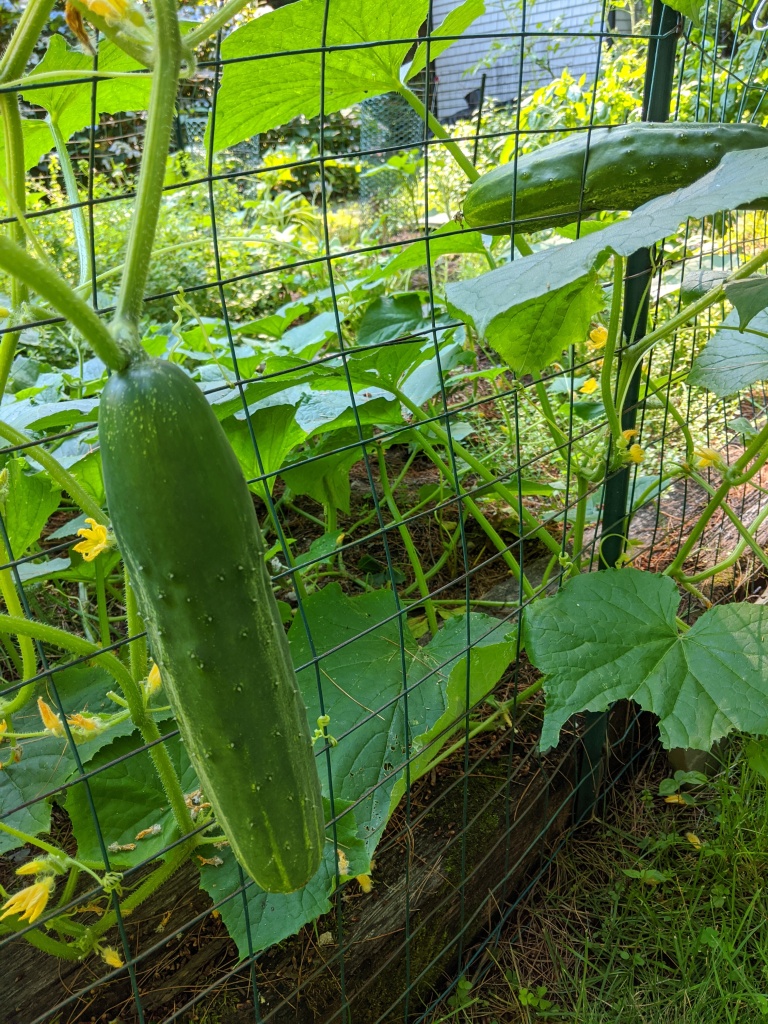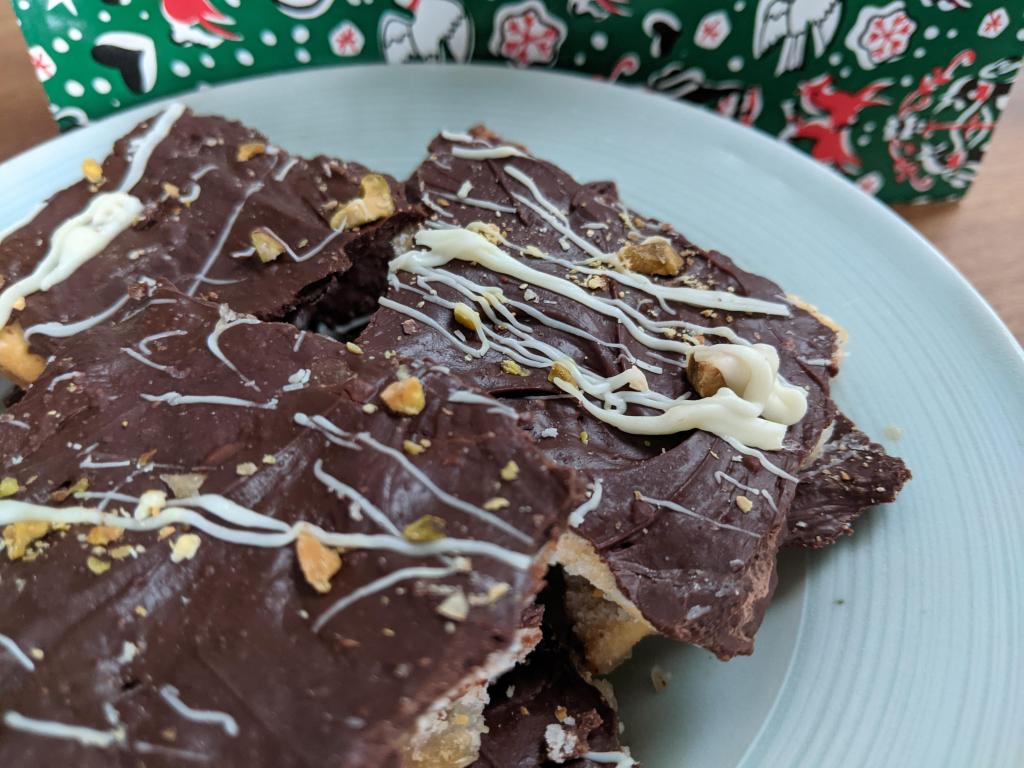
Think saltines are just for snack time at nursery school? This recipe, a favorite from the 1970s, adds a toffee topping and transforms an ordinary cracker into a holiday treat. I first tasted this kind of toffee at the annual holiday open house of my mother’s friends in Richmond, Virginia. The adults mingled upstairs and banished the kids to the basement with a pinata containing stale candy. I felt super grown up the year I was finally allowed upstairs to graze at the buffet table and discover this dessert.
Since the recipe contains just a few basic ingredients, it’s easy to make at the last minute. It comes in many versions, with many names. I dressed up this version with white chocolate drizzle and pistachios, but variations are endless. You’ll never think of saltines the same way again.
Saltine Toffee (1970s) (makes about 40 pieces)
Approximately 50 saltines
1 cup sugar
1 cup (2 sticks) butter
12 ounces chocolate chips
1/2 cup chopped walnuts (see note)
- Preheat the oven to 400 degrees. Line an 18×13 inch half sheet pan with foil, making sure the foil comes up over the sides of the pan. You may need two sheets of foil to cover everything. Spread butter on the foil or spray it with non-stick cooking spray.
- Place a single layer of saltines, salt side up, on the sheet. You may need to cut the saltines in half so they completely cover the sheet. The best way to do this is place a saltine on a cutting board and slice with a sharp knife. Breaking it or using scissors simply makes it crumble.
- In a heavy saucepan, melt the sugar and butter over low heat until it comes to a boil. Let it boil for three minutes, stirring constantly.
- Pour the mixture over the saltines and use a knife or wooden spoon to spread evenly so all the saltines are covered. Bake for five minutes.
- Carefully remove the baking sheet from the oven, keeping it as flat as possible. Use the tip of a knife to straighten the crackers if they have moved.
- Evenly scatter the chocolate bits over the crackers and return to the oven for one minute. Carefully remove the baking sheet and spread the melted chocolate bits with a knife so they cover the surface. Sprinkle with nuts. Let cool completely before breaking into pieces and serving.
Note: You can substitute other chopped nuts, such as pecans or pistachios, for the walnuts. Or sprinkle the top with crushed candy canes. I added a drizzle of melted white chocolate for decoration. I have also tried a base of graham crackers but I think saltines produce the best results.



